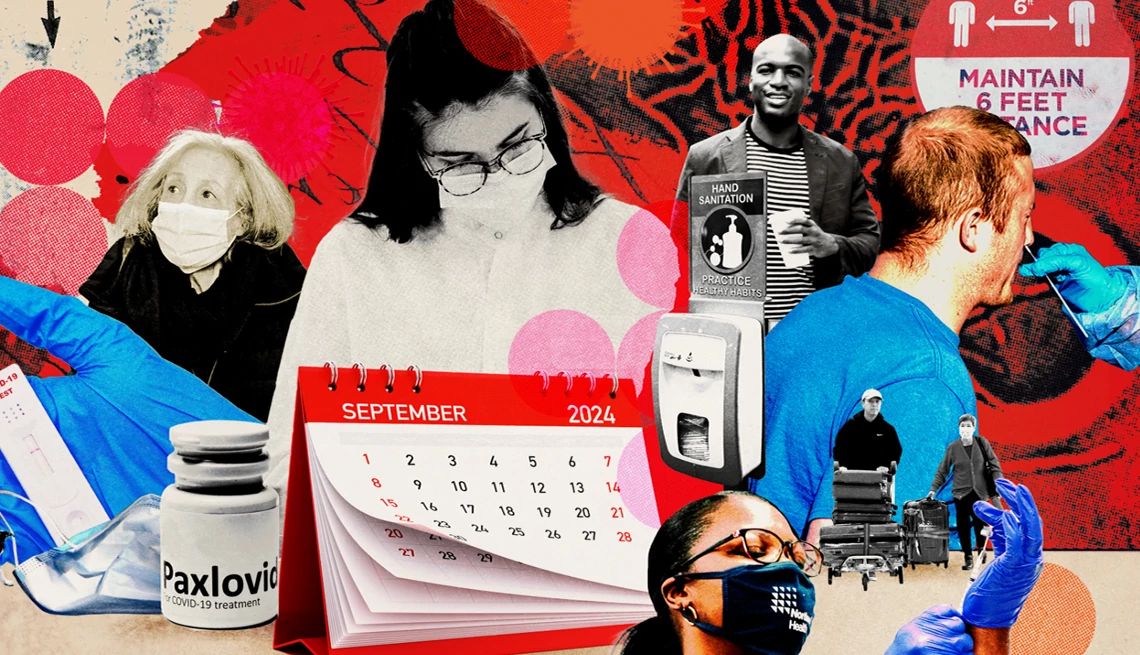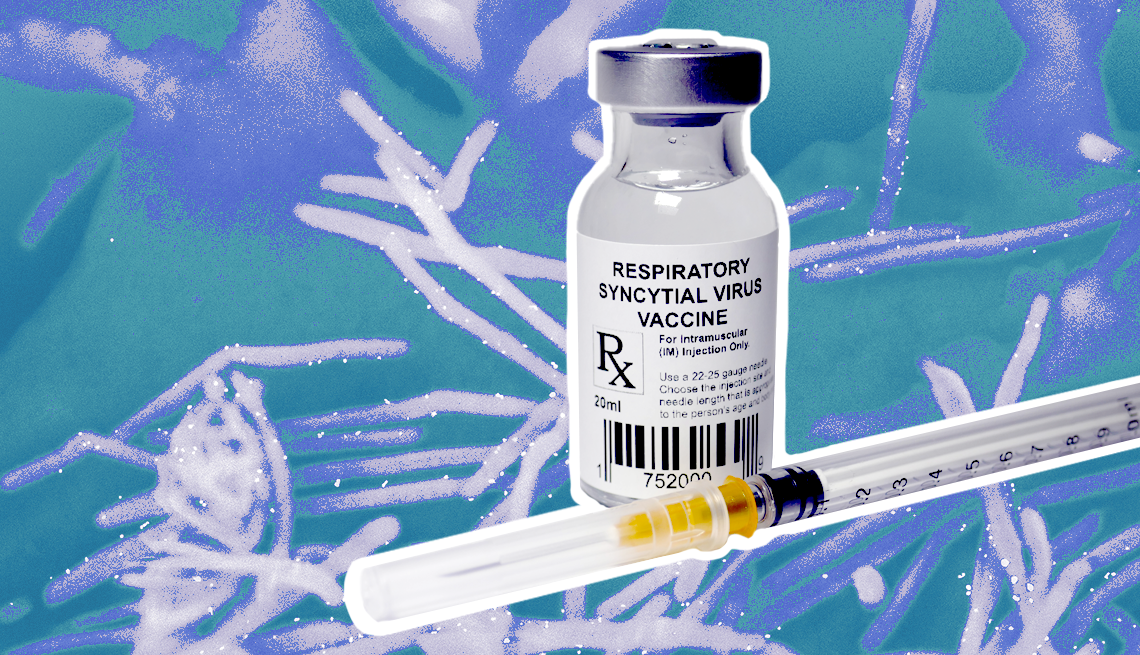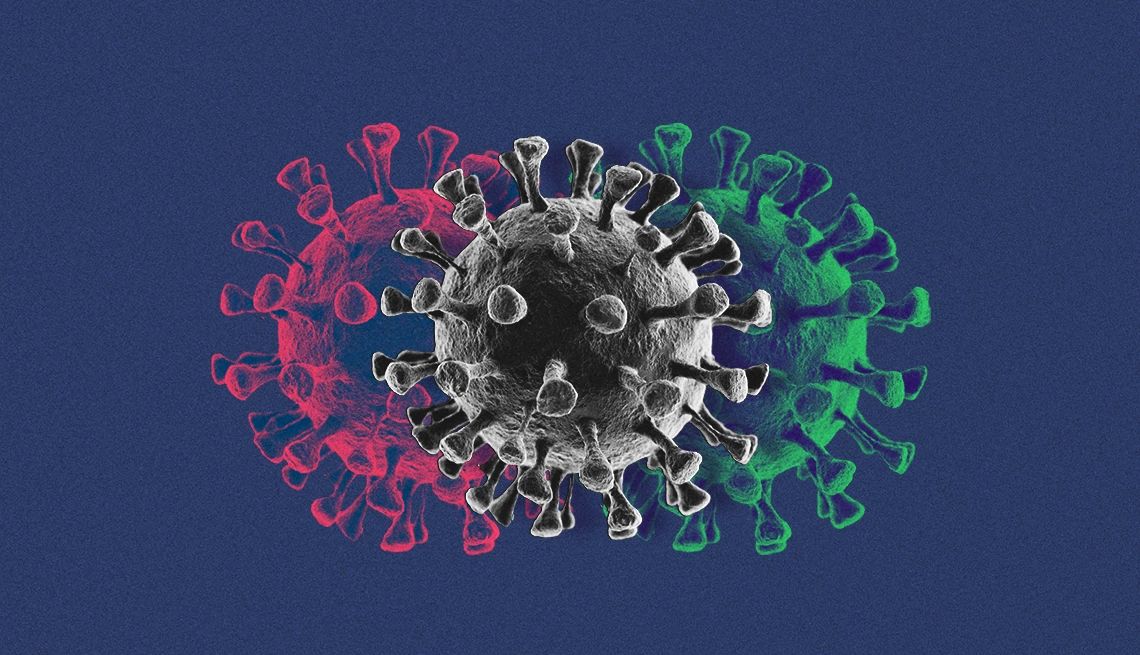AARP Hearing Center


The U.S. Food and Drug Administration (FDA) signed off on updated versions of coronavirus vaccine that target a more recent variant of the virus that was behind this summer’s surge in COVID-19 cases.
The new shots — one from Moderna, another from Pfizer/BioNTech and a third from Novavax — are making their way to pharmacies and doctors’ offices across the country, and infectious disease experts hope the reformulated vaccines will help to quell the lingering summer spike and keep cases from swelling this fall and winter.

AARP Membership— $12 for your first year when you sign up for Automatic Renewal
Get instant access to members-only products and hundreds of discounts, a free second membership, and a subscription to AARP the Magazine.
Here are seven things you need to know about the updated COVID-19 vaccines.
1. The mRNA vaccines target a FLiRT variant
This summer, the FDA recommended that vaccine manufacturers target the KP.2 coronavirus strain in the 2024-2025 COVID vaccines.
Find COVID-19 vaccines
in your state
AARP's 53 state and territory COVID-19 vaccine guides can help you find vaccines near you and provide the latest answers to common questions about costs, eligibility and availability.
At the time, KP.2, a member of the FLiRT variant family and a descendant of omicron, was behind a large share of increasing infections in the U.S. Though this particular strain is no longer among the top circulating variants, its close relatives are, and health experts expect that the updated vaccines will provide strong protection against them as well.
The FLiRT variants all came from the same parent strain, explains Jodie Guest, a professor and senior vice chair in the department of epidemiology at Emory University’s Rollins School of Public Health. “And there are very, very minimal mutational changes between all of them.”
2. Another shot can restore waning immunity
It’s not just about making sure we have a vaccine that targets the most recent versions of the virus, Guest says. It’s also about restoring faded immunity.
Paying for a COVID vaccine
Most people with Medicare, Medicaid and private insurance can get an updated COVID vaccine at no cost through their health plans, the CDC says.
Health officials urge individuals without insurance to contact their state or local health department for information about free vaccines, now that the national Bridge Access Program has ended.
You can find a directory of state and local health departments on the CDC’s website.
“We know that immunity from this vaccine diminishes over time,” she says, so the vaccine you received last year isn’t providing you with optimal protection now, when many areas of the country report increased COVID activity.
Cases, emergency department visits and hospitalizations — particularly among adults 65 and older — are rising, the latest federal data shows. We’re seeing “somewhere in the neighborhood of 500 to 600 deaths per week in the country,” says Mark Rupp, M.D., a professor and chief of the Division of Infectious Diseases in the Department of Internal Medicine at the University of Nebraska Medical Center.
“I think the population would like to put the pandemic in the rearview mirror and not really think about it anymore. But the virus is still very much with us and still continues to cause problems,” he says.
The vast majority of COVID hospitalizations that occurred from October 2023 to March 2024 were among individuals who were not vaccinated or not up to date on their vaccinations, according to data presented at a meeting of a Centers for Disease Control and Prevention (CDC) advisory committee.




































































More on Coronavirus
What It’s Like to Catch COVID Over and Over
He’s had four bouts so far, and he says it has changed himWhat to Know About FLiRT COVID-19 Variants
Cases are increasing in many areas of the U.S.Have COVID-19? Here’s How Long You Need to Isolate
CDC updates guidelines for people with a coronavirus infectionRecommended for You